In A Gadda Da England freely mixes time and place, finding connections between events and protests through the years
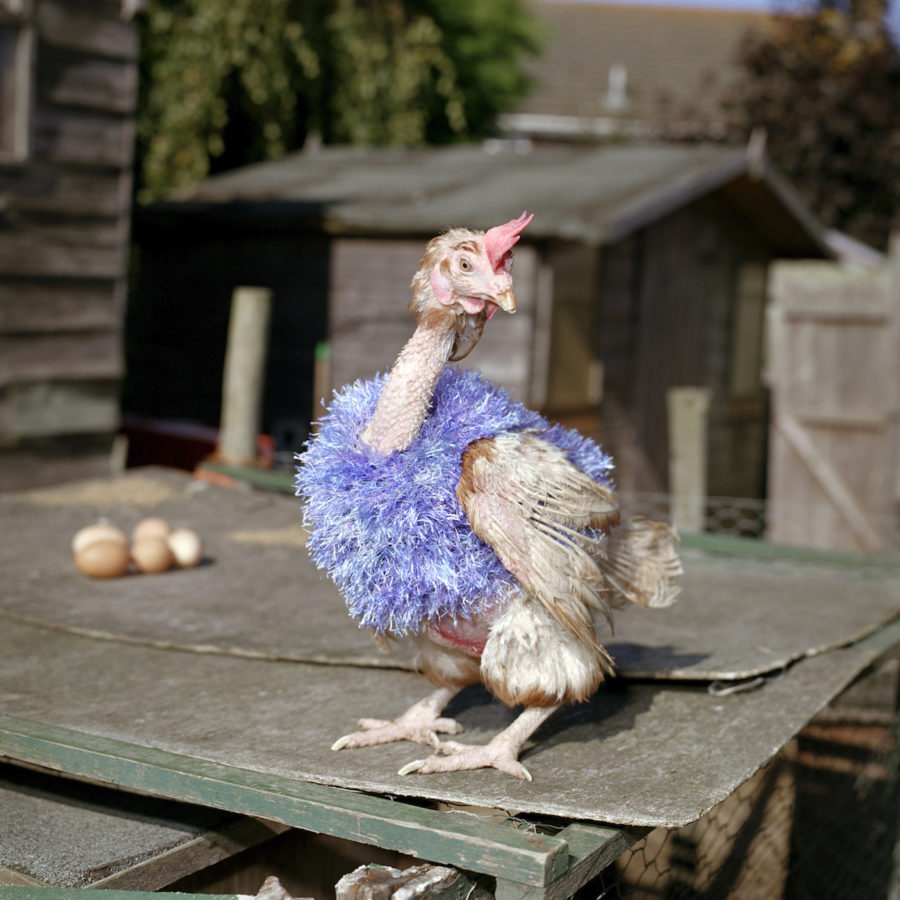

In A Gadda Da England freely mixes time and place, finding connections between events and protests through the years
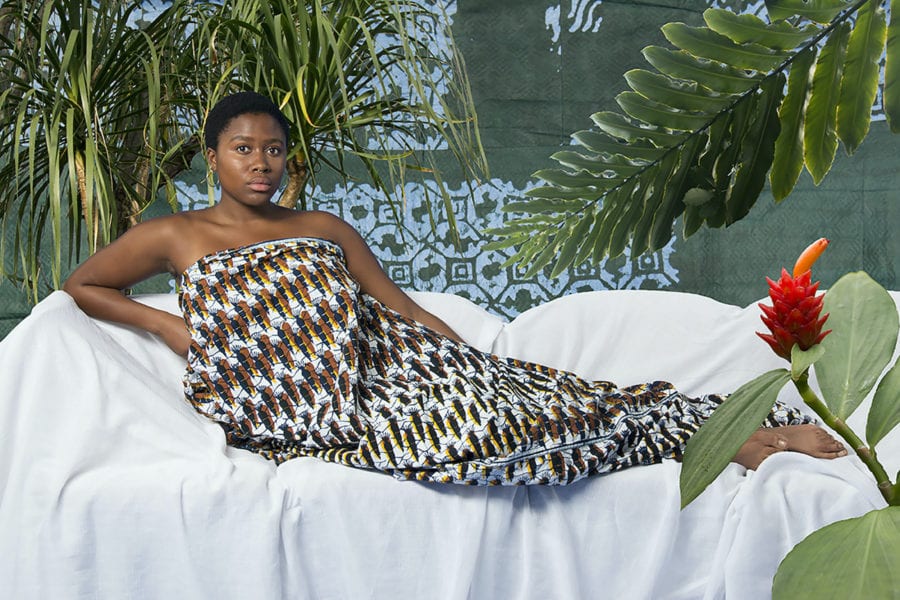
Recent graduate Tayo Adekunle travels the lengths of photographic history in order to question who controls the image.
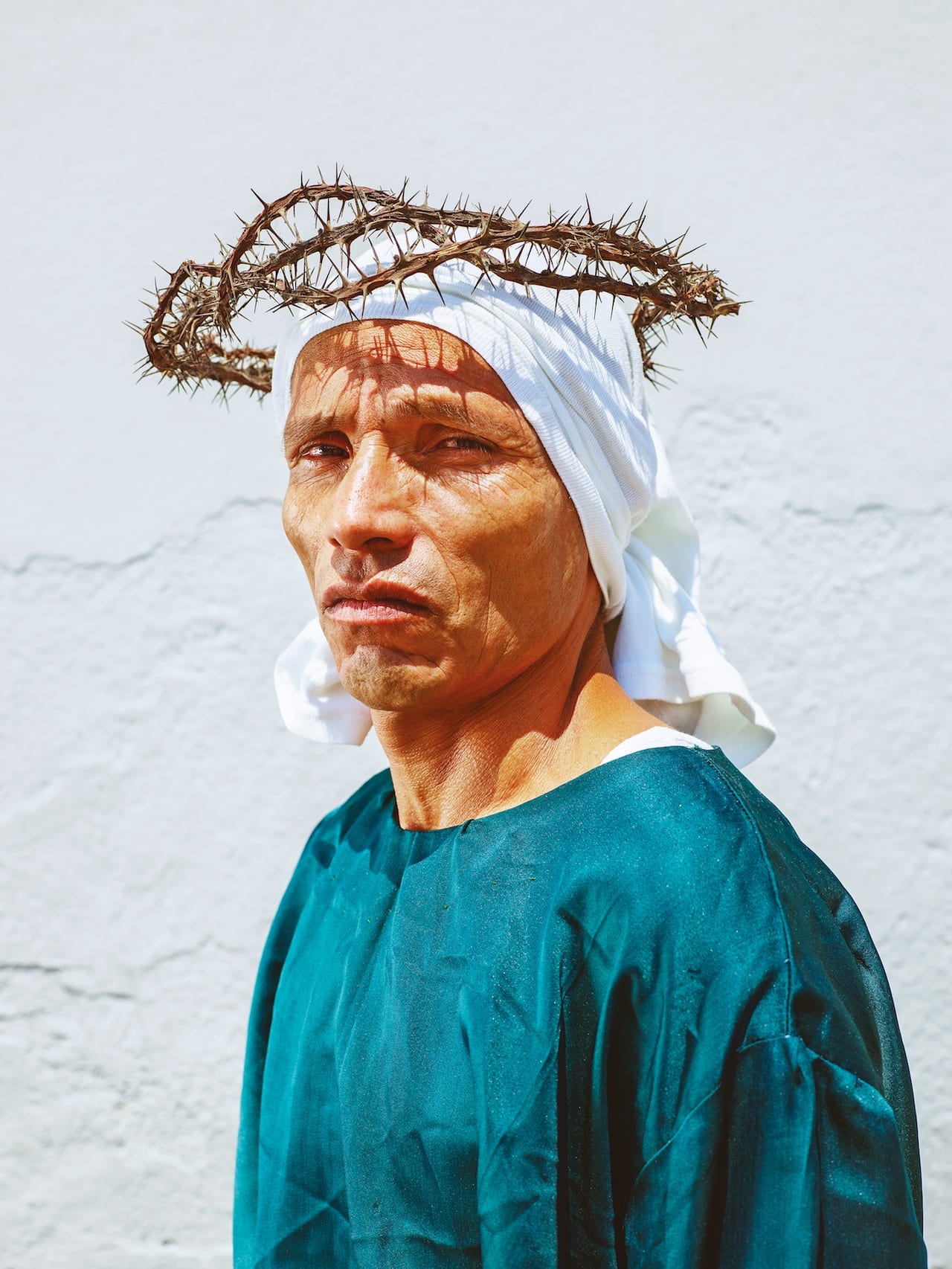
When a Mexican curator invited Pieter Hugo over to make new work, “His only brief to me,” says the photographer, “was that it be about sex and mortality”. So began a two-year inquiry into the country’s complex relationship with life, death and the afterlife
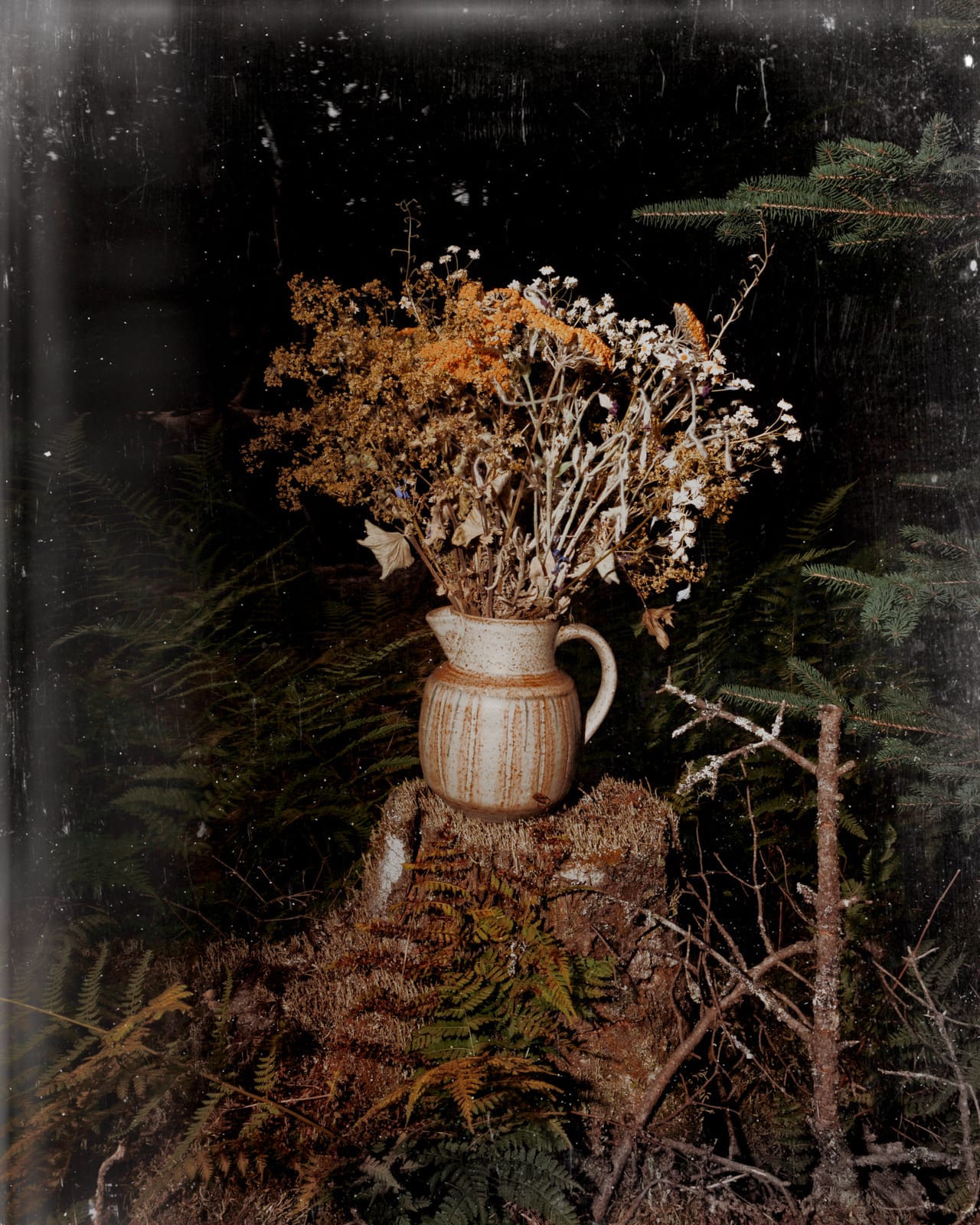
In the early 1900s, Paul Thulin’s great-grandfather settled on the coast of Maine, reminded of his homeland of Sweden. Thulin’s family has returned to Gray’s Point each summer ever since, and Thulin has been working on a project there, called Pine Tree Ballads, for over a decade. Initially inspired by his grandfather’s photographs, he hopes it has “a subtext of struggle and hope that mirrors my narrative sense of self and heritage”.
BJP: How did you first get into photography?
PT: My journey into photography started as a way to rebel against my growing contempt and frustration with the limits of language to effectively communicate. In 1996, I returned from a stressful year of studying Philosophy in a Master’s program at Syracuse University and I remember wanting to escape into the mountains to possibly join a Zen monastery. I wanted to meditate and remain silent in an effort to really just experience the world.
This desire led me to discover the writings and images of photographers Minor White, Frederick Sommer, and Emmet Gowin, as their mystical and spiritual use of photography intrigued me. Before I knew it, I borrowed a 35mm camera to try to make meaningful images of my own and I was hooked.

Growing up, photographer Tom Roche learned about his Romani Gypsy heritage only through fragmentary stories and speculation. “My great, great uncle was stabbed in the heart with a wooden stake because he owed money for land,” says Roche, a recent University of the West of England graduate. “Then I had one aunt, aunt Liz, who used to pick crops, one aunt that made baskets, and another who sold pegs – or so I’m told; I don’t have any images, records, or concrete facts of my ancestors.”
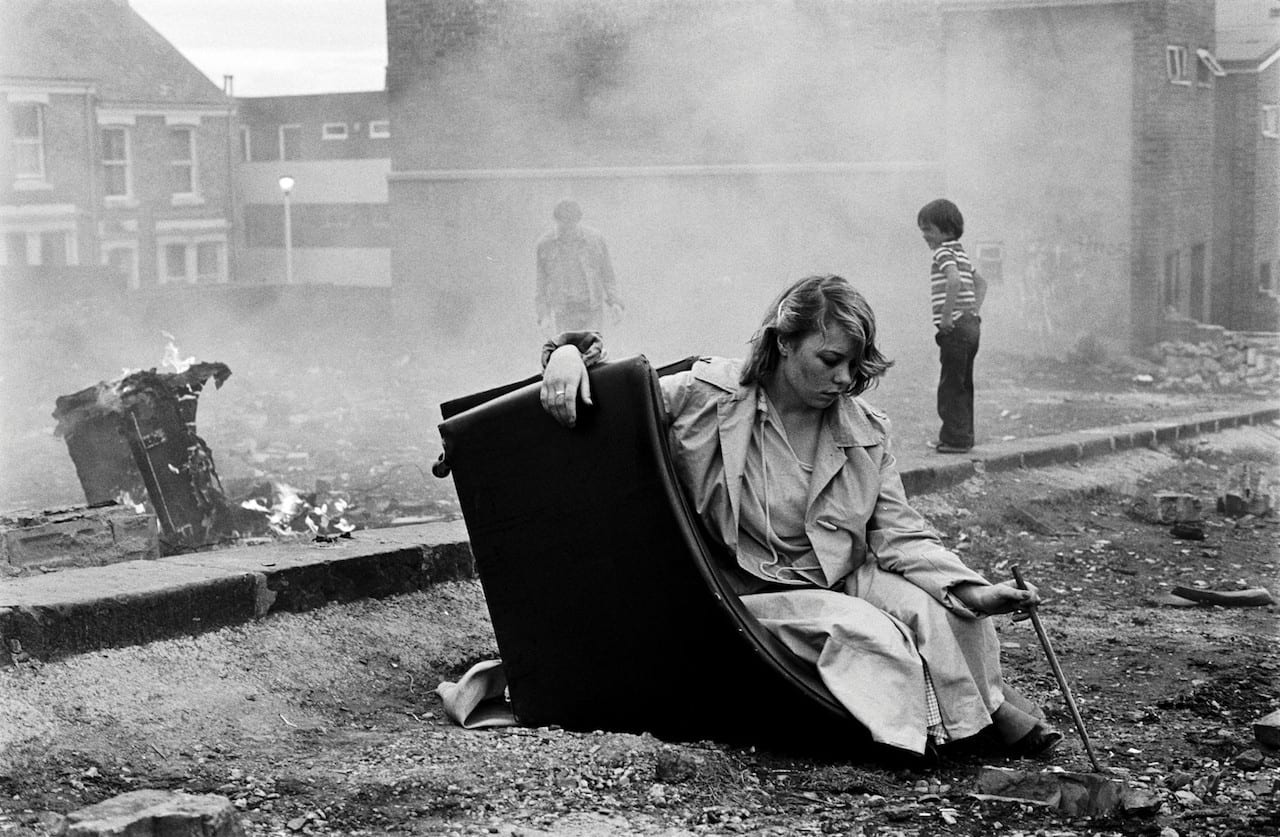
“Tish believed that photography was an important form of visual communication that could stimulate discussions about real life situations and captured accurate records of the world we live in. She was trying to force people to look at the truth and learn from it,” explains Ella Murtha, the daughter of the documentary photographer. In honour of her mother’s memory, Ella has put together a new photobook, Youth Unemployment, which gathers Tish Murtha’s work photographing poverty-ridden communities in Newcastle in the 70s and 80s. Raw, powerful and emotional, Murtha has captured youngsters trying to survive turbulent economic times, when they had limited prospects – something which has recently come full circle as a new generation has had to deal with the global financial crisis.
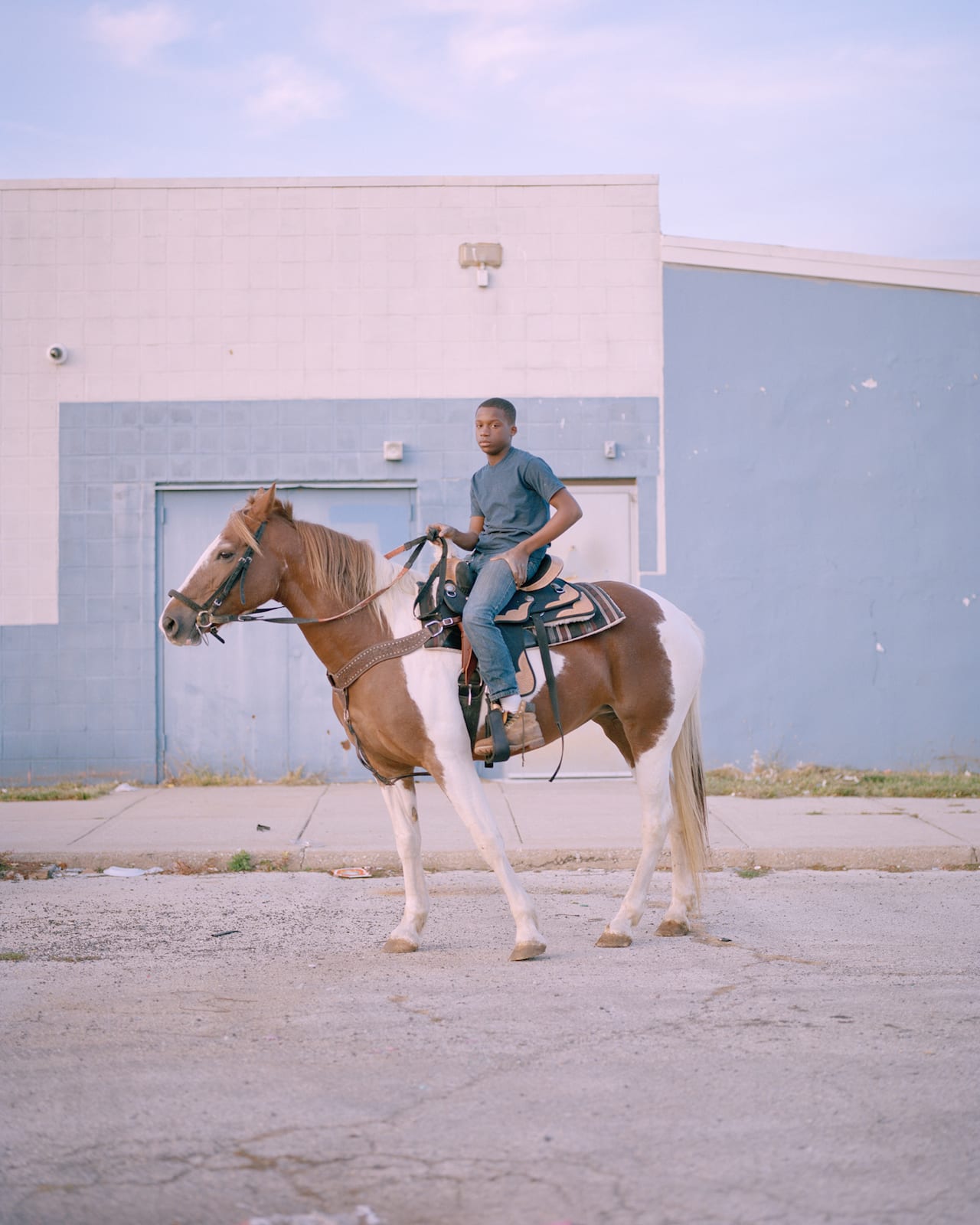
“It was also about reshaping that American icon: everyone thinks of the cowboy as this white American hero who has come to slay Native Americans. Actually the word cowboy is a racist term. It comes from when slave masters called all their slaves ‘boys’ and so the cow boy was the boy who looked after the cows and the horse boy was the boy who looked after the horses.” Cian Oba-Smith journeys to Philadelphia at a politically charged time during the 2016 U.S. election to meet with an infamous group of horsemen dealing with this ingrained racism on a daily basis.
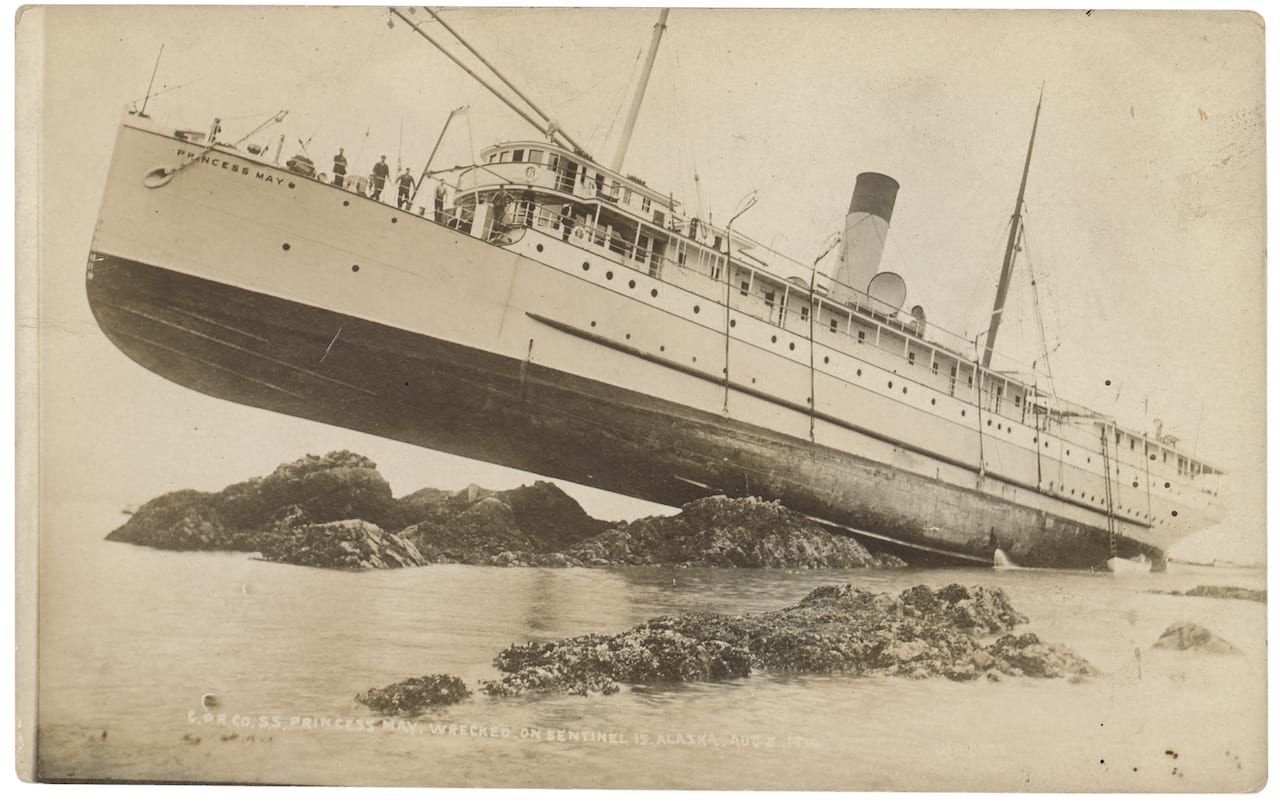
“Before photographically-illustrated magazines or newspapers, before television and Facebook networks existed, in the first decade…
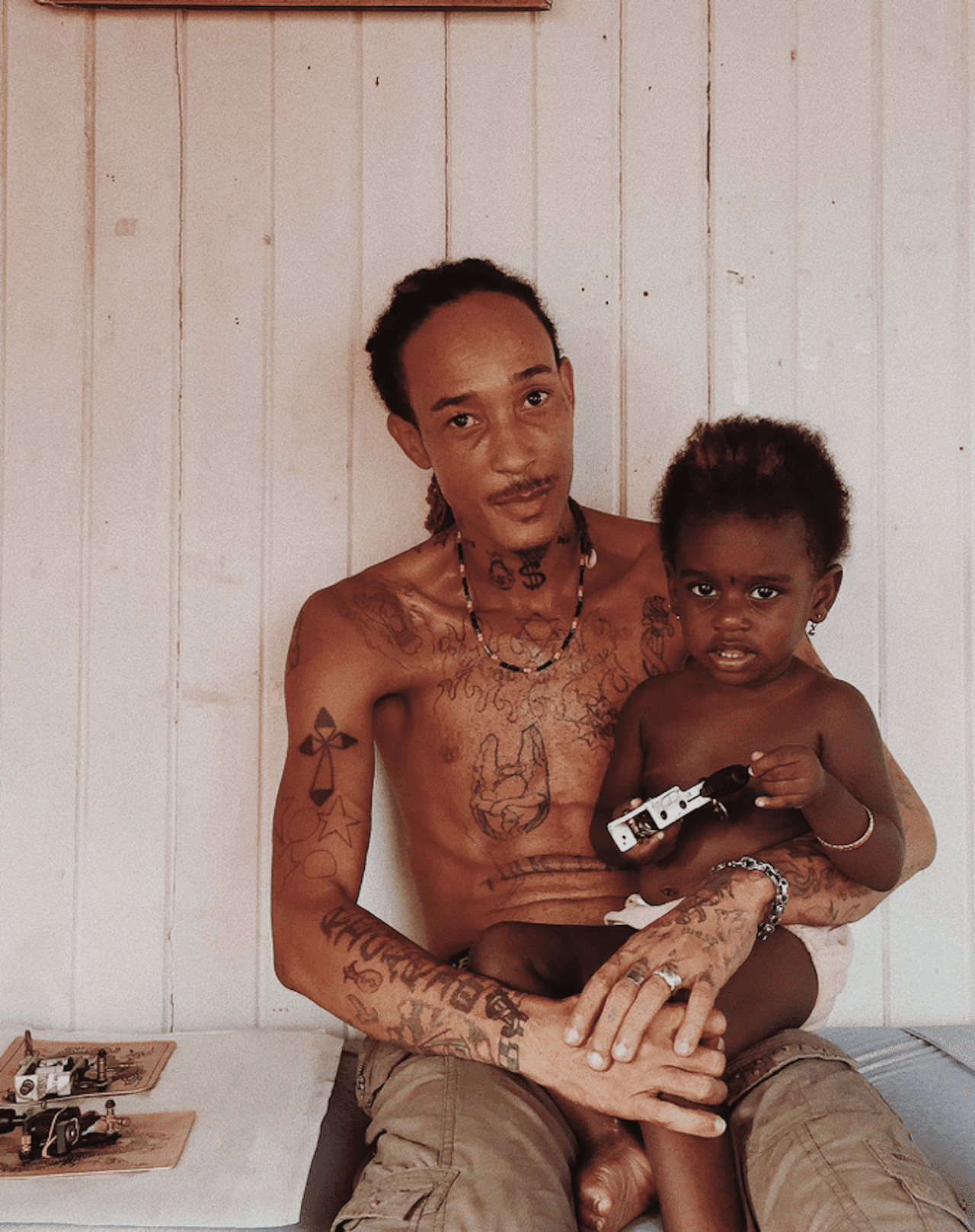
“This portrait does not simply show a man who earns a living as a tattoo artist but the reason why that living is so important to him – his family,” says Jamain Gordon, reflecting on the portrait of Ricardo and his daughter outside their home and tattoo parlour in the South American country of Guyana. “It was Ricardo who wanted to have his daughter in the photograph and the warmth of their relationship can clearly be seen.” The image is now featured in a photobook, One People, One Nation, One Destiny, which shows the traditions and culture of this small but proud country.